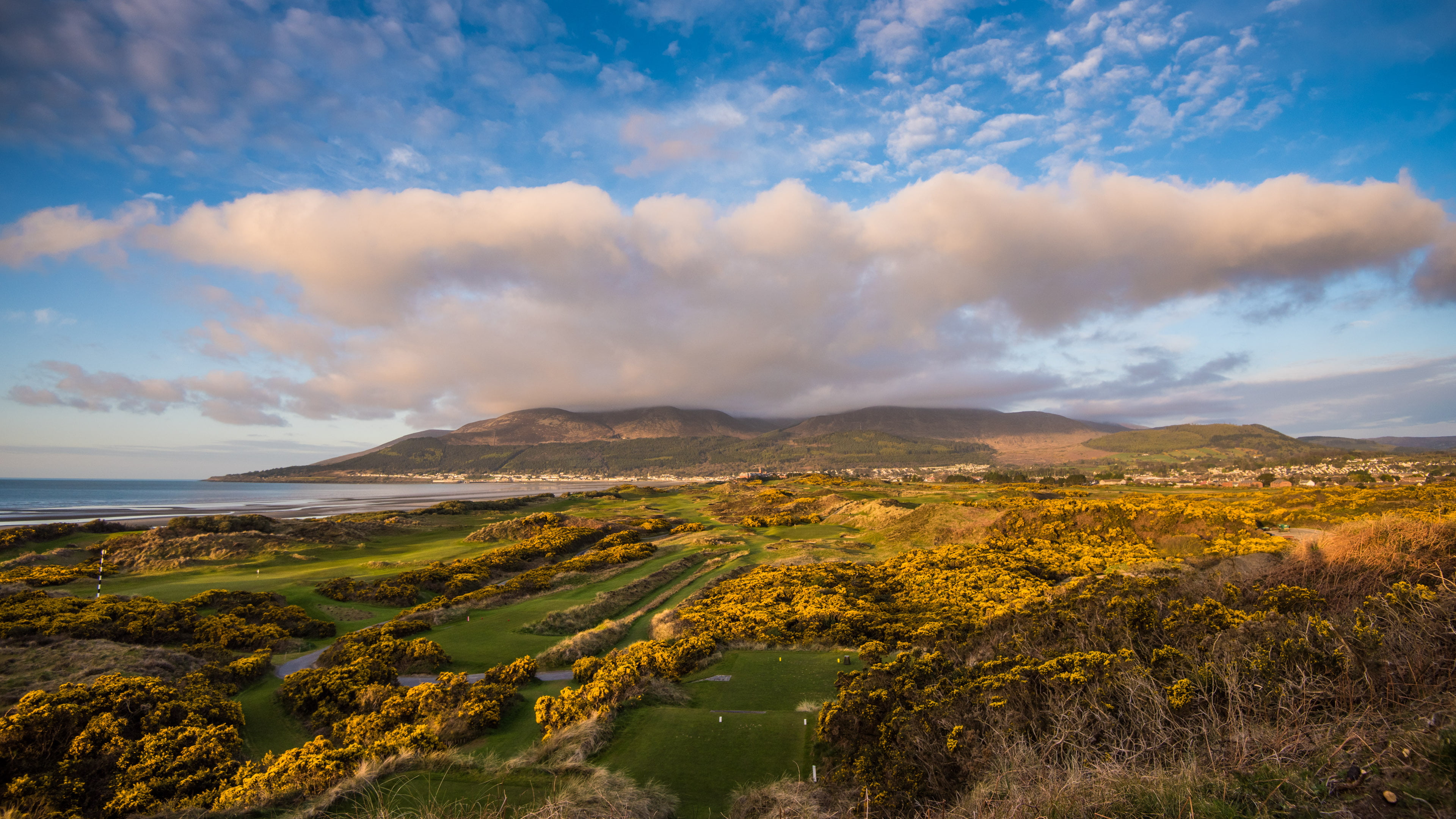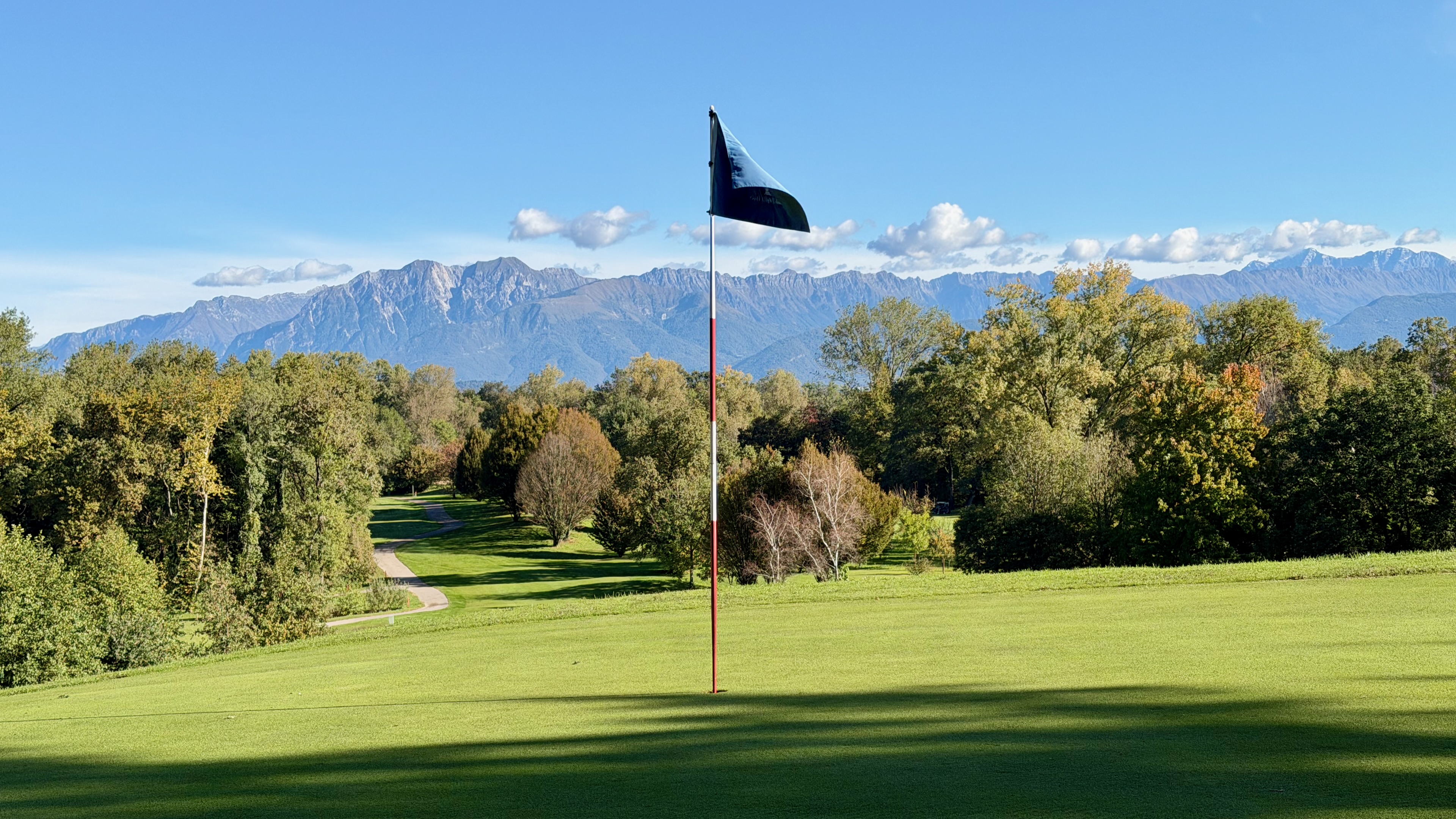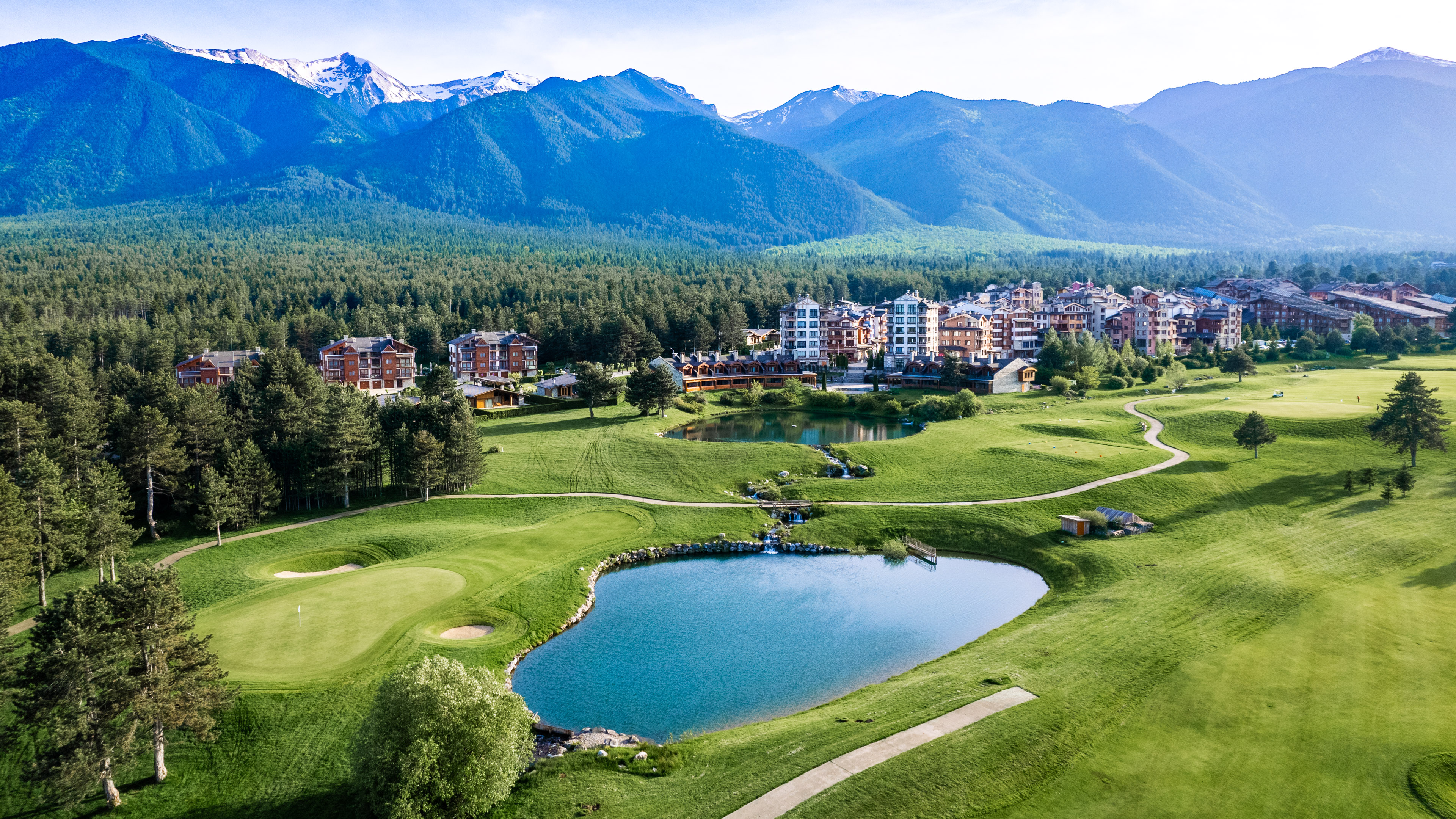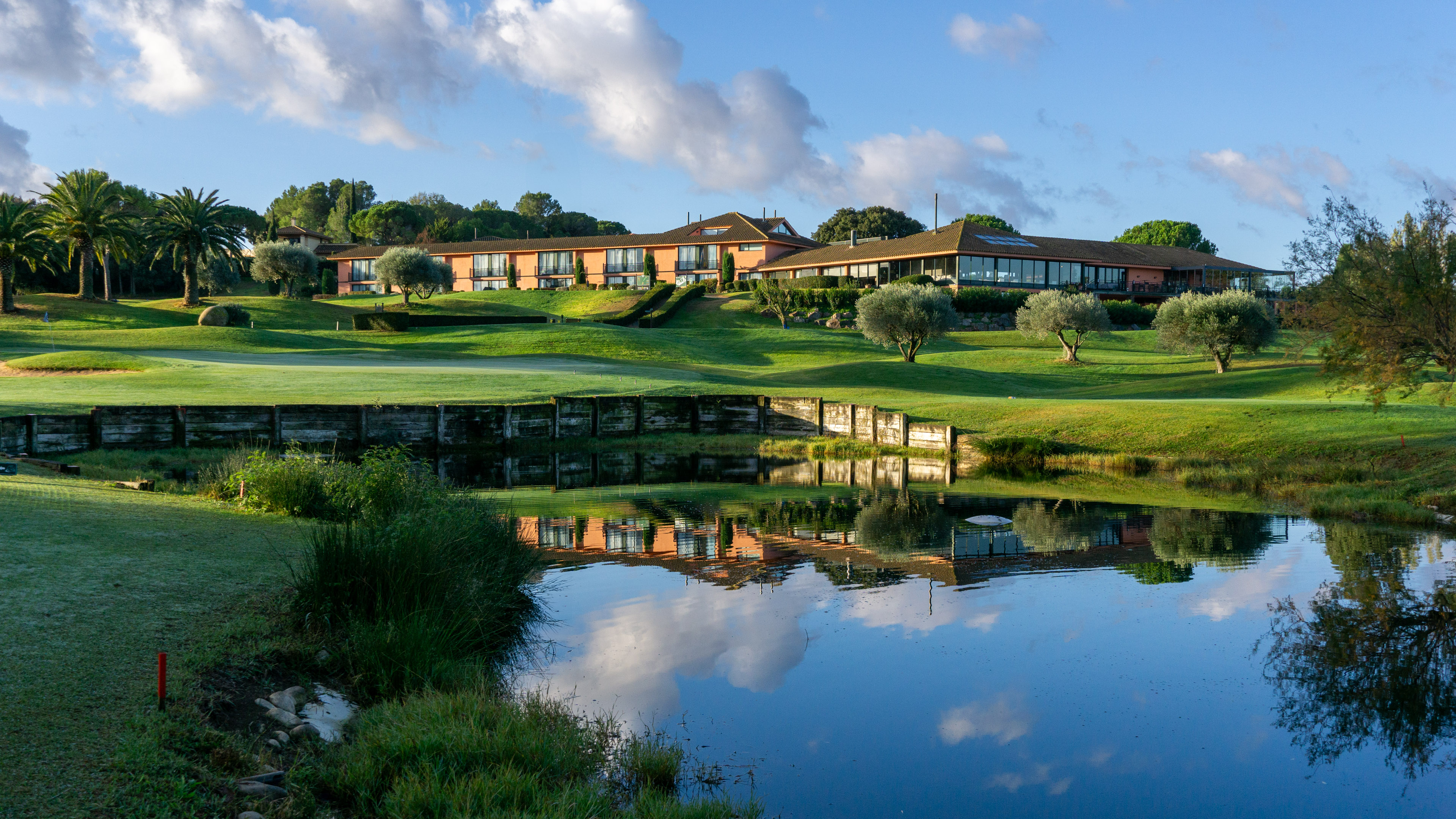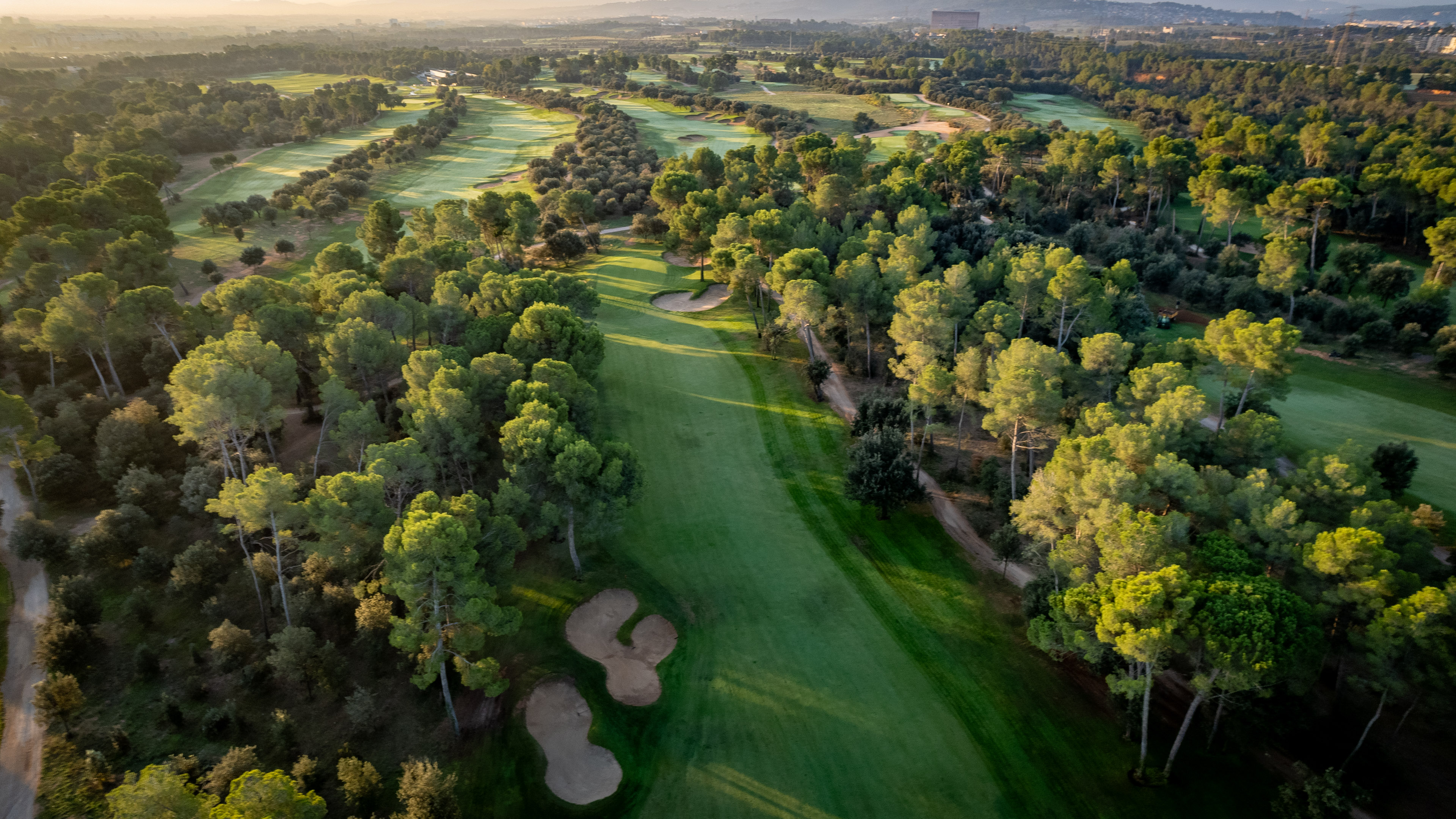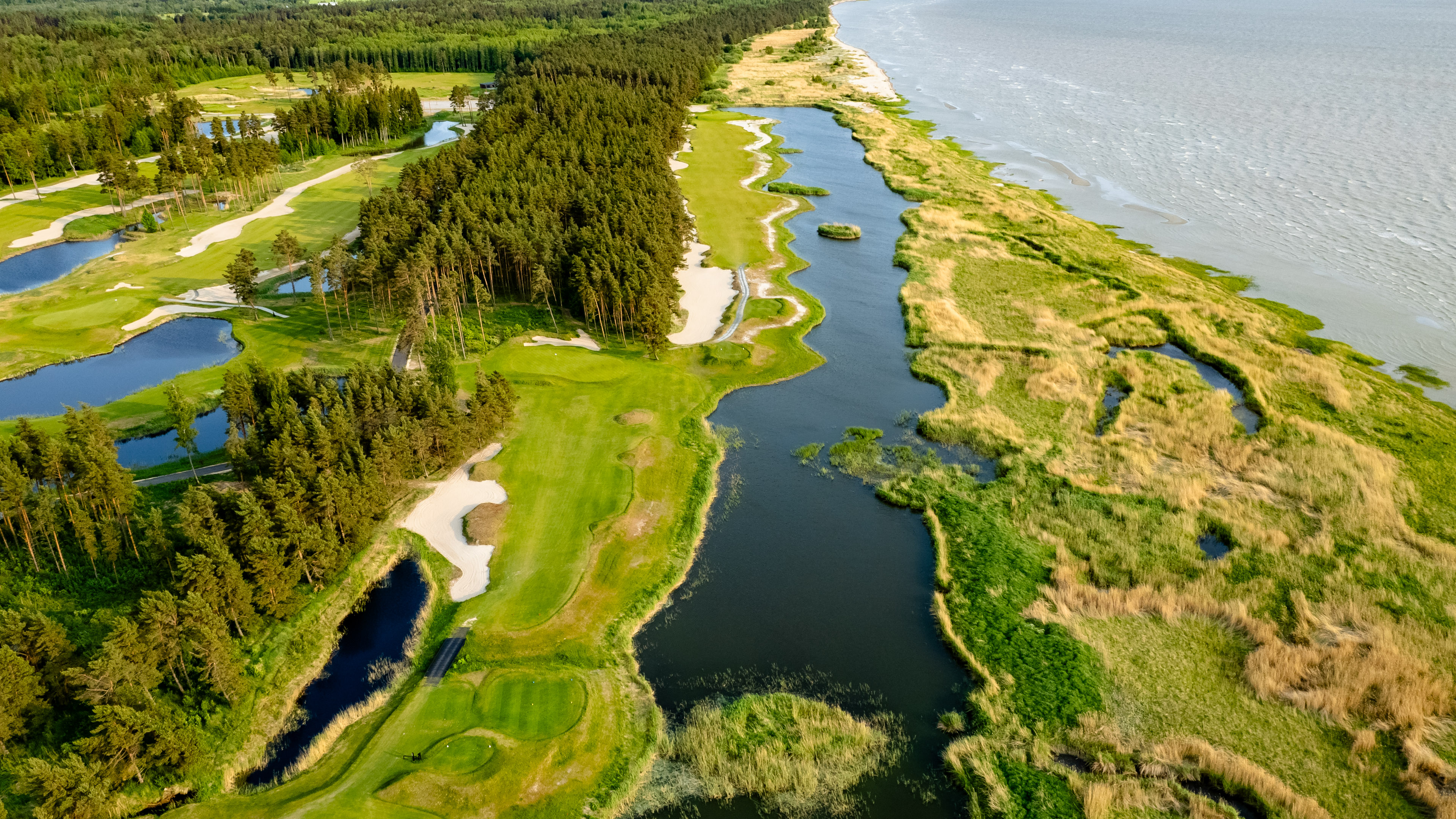We headed to Northern Ireland to figure out how such a small country has been able to produce so many world class golfers – the latest crop being Graeme McDowell, Darren Clarke and of course the hottest player on the planet right now, Rory McIlroy. We think we found the answer, and while we went looking we got the ‘royal treatment.’
We didn’t find any good flights directly to Northern Ireland, so we flew in to the largest airport on the island, Dublin Airport, the entry point for most international visitors to Ireland. While in Dublin, why not pay a visit to Royal Dublin Golf Club?
Royal Dublin
Royal Dublin is located on Bull Island in Dublin Bay, only a few minutes from downtown. The island is more or less and environmental accident. It all started with a silting problem in Dublin Bay in the 1700s. Dredging didn’t work, so a seawall was constructed to the south. When this seawall was taken by a storm, a northern seawall was suggested by none other than Captain William Bligh of Bounty fame. Named the North Bull, this seawall proved more successful. The tides funneled the silt away from the Bay, and some of it deposited around the seawall and started the formation of what now is Bull Island. The area became a popular weekend destination, and in 1889 the Royal Dublin Golf Club got permission to move from Sutton to the new island.
Royal Dublin is steeped in tradition and golfing legends. No sooner did we arrive than we ran into one of them, Christy O’Connor Sr., in the clubhouse bar. For those of you too young to remember, Christy is a British Masters winner and played in every Ryder Cup from 1955 to 1973. Now approaching 90, he’s still in good form, and full of stories that he shared with us over a Guinness. Other members joined in, and we got to hear one of the classics:
Longstanding member Larry Gunning was stewarding at the 1996 Irish Open held at Royal Dublin. On the short par four 16th Seve Ballesteros had missed the green and his ball ended up in a difficult lie on a down slope. Larry called for silence as Seve was about to hit, but Seve took his time and Larry repeated his loud “Quiet, please” several times. Seve got irritated and barked back at Larry: “Larry, it’s not the crowd, it’s you. Be quiet yourself!” He then fluffed the chip and a spectator quipped: “Larry, you’d better run!” But Seve chipped in for birdie, and it all ended well.
The course is a classic links course, originally designed by Harry Colt and later updated by Martin Hawtree. Bull Island is basically a flat sand bank, but that doesn’t mean the course is easy. Plenty of pot bunkers complicate your play, and good course management is more important than long drives. With a flat coastal landscape come strong winds, another complication. Target golf is not a good strategy; you need to master the bump-and-run to score. The course finishes with an excellent dogleg par four, ending just in front of the clubhouse. To reach the green in two you need to cut across a wetland area, something that provides endless entertainment for those sitting in the second story clubhouse bar.
The following day we headed off toward Northern Ireland and more Royal golf. But just before crossing the border, we stopped at what has been called “one of the best kept secrets of Irish golf”- County Louth Golf Club, sometimes called Baltray.
Baltray
Baltray is a very demanding links course, at almost 7,000 yards. However, it is different from most links courses in that it consists of two loops, returning to the clubhouse after nine. Another difference is that all holes except two (13 and 14) are facing in different directions, further complicating your club choices in the ever-present wind.
The club was founded in 1892, but the current course was designed by Tom Simpson and opened in 1938. Most of Simpson’s layout is still there, but it has been updated by Donald Steel and Tom MacKenzie, most recently in 2003. Now more upgrades are in the works, this time by the Danish rising star designer Philip Spogard, who lists on his resumé courses such as Carya in Belek and Himmerland in Jutland.
Again we were lucky – Philip was at Baltray the day we arrived, there for an inspection of the changes being made to a couple of holes and to discuss the complete re-routing of the 17th. He shared some of the challenges with us:
“It’s a sensitive issue,” says Philip. “You are trying to improve on the design of some of the best architects in the world, so you have to tread lightly. You have to try to honor and preserve Simpson’s ideas, while at the same time adapt the course to today’s better equipment.”
Apart from modernizing the course, Philip is also trying to make it more pleasing to the eye. Small changes that sometimes don’t even change the play can make a big difference, like letting the rough grow high just in front of the tee where no one (hopefully) lands anyway, or re-routing a path so you cannot see it from the tee. He is also moving some bunkers to make it possible to roll the ball onto more greens, in a traditional links manner.
The course is indeed challenging. You get lulled into complacency on the first couple of holes, but then you are quickly humiliated when the course meanders through the sand dunes and the wind from the sea hits you. Not to mention the high rough or the demanding pot bunkers, hidden where you least expect them. Particularly beautiful is the drivable par four 14th. You may be able to reach the green, but more likely you will end up in trouble, wondering what went wrong.
The course has been consistently rated in the top ten, and Philip’s changes will certainly solidify that ranking. Don’t miss it. If you want to stay for a couple of days, there is also a hotel and excellent restaurant in the clubhouse.
Back on the road, we cross the border and head into Northern Ireland. The only noticeable change is that our Euros are no good any more. Oops.
Royal Belfast
We continue north to Northern Ireland’s most important city, Belfast.
Royal Belfast is the oldest golf club in Ireland, founded in 1881. The current course was designed by Harry Colt and opened in 1925, after the club had to move after WWI. As part of the move the club acquired a Victorian era palace of a clubhouse with magnificent dining rooms and impressive stained glass windows. It’s easy to get the impression that this is a real royal palace, not ‘just’ a golf club. Remember to wear a suit and tailored shirt with a tie if invited to eat in the formal dining room (if you forgot your suit and tie, there is also a more casual dining room and bar).
The course at Royal Belfast is a parkland course. The first few holes are surrounded by forest, but then the course opens up, with wider fairways and a view of the sea. It is supposed to favor strategic rather than powerful play, but we certainly found a few holes that required long tee shots if we were to to conquer them. The greens are quite deceptive in that they often give the impression of being rather flat, while in fact they slope more than your eye will tell you. The rough is kept high, requiring a lot of power to get out. All in all, it’s a course that is quite a bit more demanding than what the pretty landscape and views may first cause you to believe.
The City of Belfast
Before we left Belfast, we wanted to see a bit more of the sights. The obvious first choice was the recently opened and highly praised Titanic museum. You shouldn’t miss it.
After the museum tour we were running a bit short on time, so we decided to get some professional help in our explorations. And who would know more about Belfast than a local cab driver? It turns out this is quite a business in Belfast, and the cab drivers are expert guides. They’ll take you around to see all the famous murals, and other noteworthy landmarks from recent Belfast history. The ride usually takes an hour or two. Highly recommended, especially if you don’t have a lot of time.
Turning south
To get to our next royal course we head south from Belfast, toward the coast. But before we reach our final course on this trip, we stop at another hidden gem.
Ardglass
When asked about his favorite courses in Northern Ireland, Rory McIlroy said “I think the best parkland would be Belvoir Park and the links would be Ardglass”. Can you get a better review? This made us curious. We had to play this course.
When following the signs to Ardglass, we first think we have taken a wrong turn as we have arrived at a medieval castle. But we have come to the right place. Ardglass has the oldest clubhouse in the world, housed in an old castle with parts of the building dating back to the 13th century. The club had its beginnings in 1896 in one of the stables, and soon rented the building and the land in front to lay out an 8-hole golf course. The course was gradually expanded and reached its current 18-hole layout in the 1990s.
And what a layout it is. The first three holes are dramatically laid out along the Irish Sea. The first is an uphill par four to a narrow fairway, with all the opportunities to land the ball on the rocky seashore. The second is a par three over a ravine, often times into a gale force wind – as was the case on the day we played. Reaching the green 160 yards away required a well struck spoon, and it still landed a bit short. And so it continues, with eight of the holes bordering the Irish Sea. The only respite comes on a few heathland holes in the middle of the round, but even they are a challenge with strong winds. At the turn you can enjoy the magnificent view of the bay and village just south of Ardglass before you turn back toward the sea for more punishment by the wind. But it’s a good punishment – every hole is a joy to play.
After finally getting a break and finishing eagle-birdie with the wind in the back, we enjoy a well-deserved Guinness and listen to the many stories about the clubhouse we’re in. Ghosts moving the balls in the abandoned snooker room, even a story about a small child found embedded in ation in 1927. The caddie master had a few more stories for us, but the accent in this corner of Ireland was a bit too thick for us to catch them all.
If you want to play Ardglass, and you should, you can usually just show up and get a tee time. Best is of course to call ahead; even better is to play with a member, then the green fee is a mere 20 pounds.
Royal County Down
Our final stop is Royal County Down Golf Club, about an hour south of Belfast. When we arrive in the evening the rain is so heavy you can hardly see anything out the window, but the next morning we wake up to a stunning sunrise over the water. Taking a stroll on the course in the morning sun we are met by an armada of greenkeepers, filling every divot and mowing every green. “Best job in world” quipped one of them, as he was mowing a tee box to perfection.
The first tee is a bit intimidating. Looking down the first fairway the landing areas look very narrow. The starter is a cheerful fellow, but you can feel him sizing you up; are you really good enough to play this course? He may have opinions about which tee you should use; generally hcp 9 or lower is required for anything further back than the yellow tees. Listen to his advice, be humble when choosing your tee and your round will be more enjoyable.
As it turns out, the landing area on the first fairway is quite a bit wider than it looks. This is the case on many of the holes, as they often have narrow passages between the sand dunes, but widen considerably further up where most balls land. The course designers have done an excellent job in tricking you to believe that the holes are considerably more difficult than they really are; not that they are easy by any means.
The first nine holes meander through the sand dunes next to the water, with foot-high rough and gorse on the sidelines. Plenty of pot bunkers for you to choose from. Or sometimes they seem to choose you, as your ball rolls into them as if drawn by a magnet. Once in a bunker, sometimes the only way out is to play backwards, since the front edge is not only high but also lined with tall, tough grass. The greens are big, hard, and undulated, making target golf a poor option. A better choice is the bump-and-run, provided you have managed the course properly and have laid up with an opening to the green in between the bunkers.
The second nine are a bit more inland, and are slightly different in nature. Here you find many blind tee shots, so if this is your first time on the course it is recommended that you spend the 45 pounds for a caddie. He will have the local knowledge and experience not only to tell you which club to use and where to aim, but also to know in which area beyond the hill your ball has disappeared and to help you find it. This is money well spent, you will avoid a lot of frustration.
All of this may make it sound like this course is a pain to play, but it is quite the opposite. You come away happy after having played one of the very best courses in the world (Royal County Down is currently rated the best course outside the United States). Provided you weren’t too concerned about your score.
Accommodation and logistics
You can’t just show up at Royal County Down and get out on the course. It is often fully booked and you need to reserve your spot well ahead of time. Your green fee needs to be paid no later than one month in advance. If you are fewer than four, you will most likely be paired up with other players. With all four-balls on the course you may think play is slow, but the generous 12-minute starting interval means that play mostly flows smoothly.
Adjacent to the course is the five-star Slieve Donald Hotel. Very highly recommended.
Wrapping up
After a thoroughly enjoyable journey through Northern Ireland we are starting to understand why the country has produced so many outstanding golfers. Playing links golf at Ardglass and Royal County Down you get to practice every conceivable golf shot from pretty much any possible and impossible lie, oftentimes further complicated by tough weather conditions. Round that out with a bit of parkland target golf at Royal Belfast and you will develop a very versatile golf game. A recipe for golfing success.
